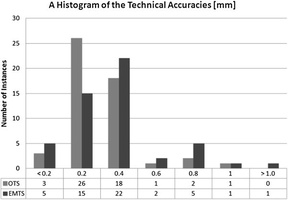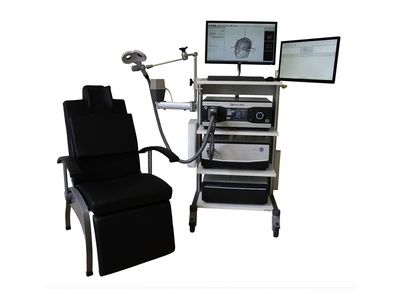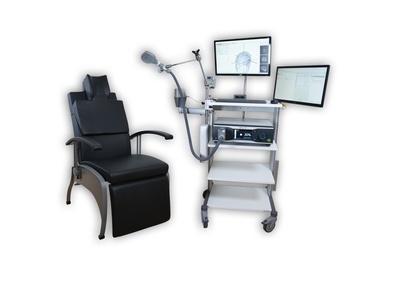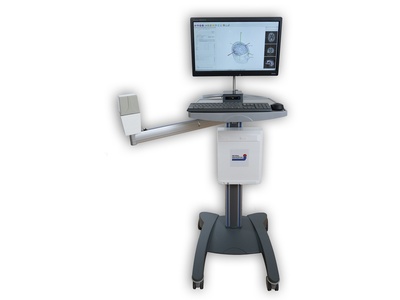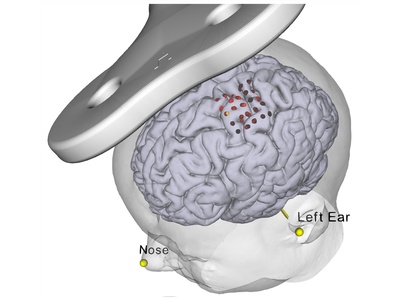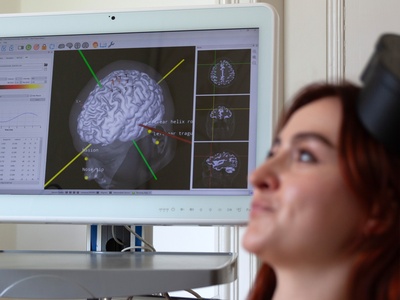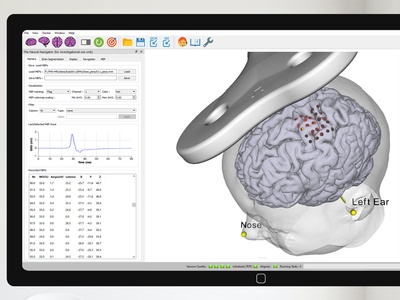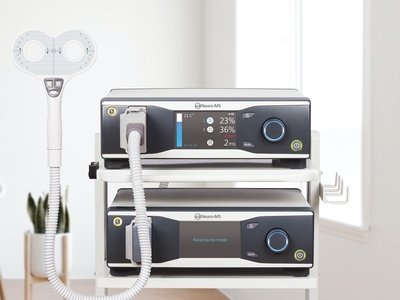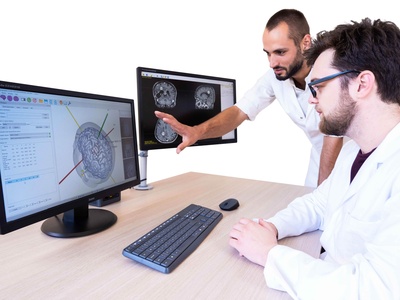Neuronavigation for TMS
Transcranial Magnetic Stimulation (TMS) requires accurate placement of the TMS coil over the targeted brain area. Conventional TMS coil placement methods are based on external landmarks of the head (5 cm rule, 10-20 EEG), which leads to inaccuracies in targeting the correct brain area. This results in suboptimal stimulation in research and clinical TMS applications and high variability in treatment outcome. To overcome this problem, we developed neuronavigation for TMS, which results in more precise and consistent delivery of TMS pulses. Neuronavigation aligns an MRI scan with the head of the patient through an aligment procedure and allows real-time tracking of the TMS coil and the head of the patient. This allows accurately guidance of the TMS coil to the intended neuroanatomical structure with millimeter precision. Several groups have now demonstrated clearly increased efficiency of rTMS in treatment of e.g depression (Fitzgerald, 2009).
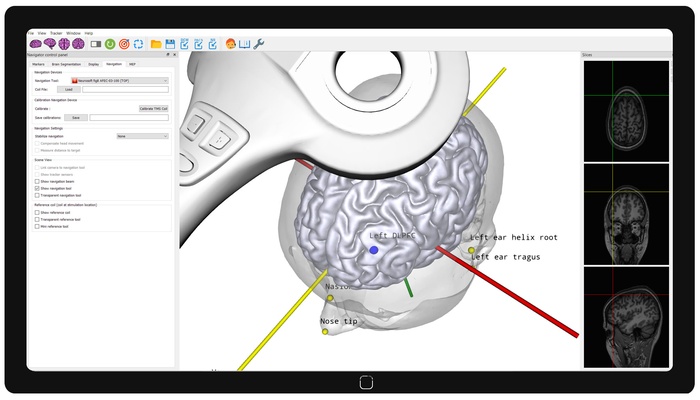
Reproducible coil placement using MNI
The neural navigator supports accurate reproduction of TMS coil positions using an MNI template. Similar to the standard navigation procedure, facial landmarks of the MNI template are captured on the participant's head. Next, the neural navigator adjusts the MNI template based on the geometry of the participant's head. MNI targets, …
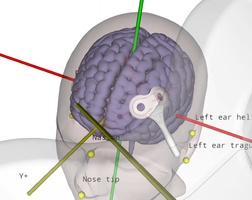
Added value of MRI-guided neuronavigation
Transcranial Magnetic Stimulation (TMS) requires accurate placement of the TMS coil over the targeted brain area. Conventional placement methods in TMS are based merely on external landmarks of the head (5 cm rule, 10-20 EEG). This leads to inaccuracies in targeting of this brain area and herewith to suboptimal results …
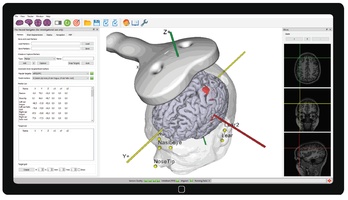
EM versus optical tracking in neuronavigation
During neuronavigation, the 3D position and angle of the TMS coil, a digitizing stylus and the head of the patient typically must be known at all times. Position tracking can be performed either using optical tracking with large cameras, or electromagnetic (EM) tracking based on a DC pulsed magnetic field …
